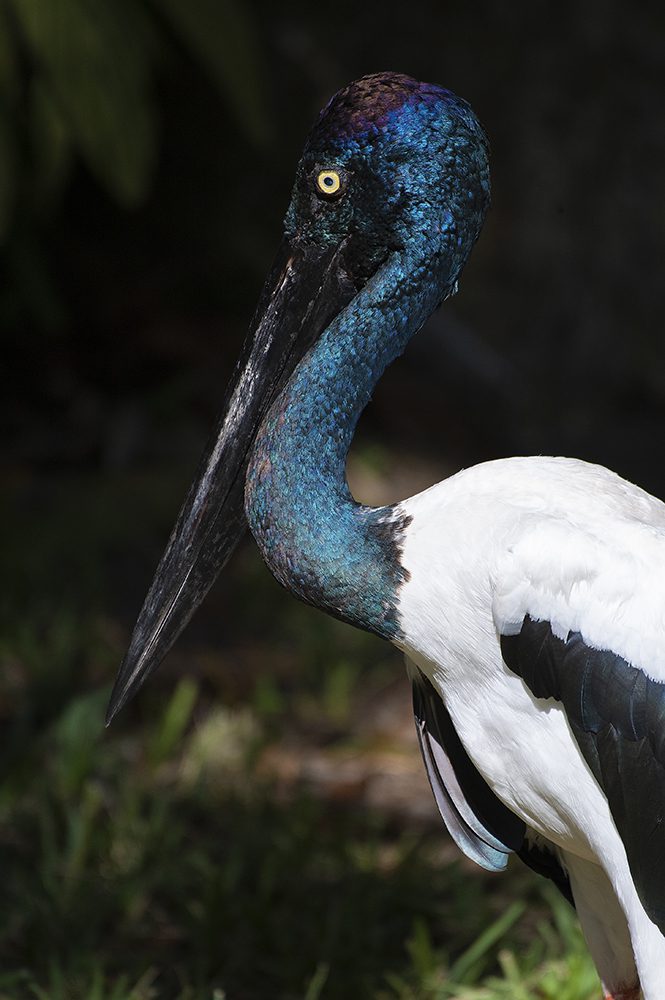|
Getting your Trinity Audio player ready...
|
It is with mixed emotions that Zoo Miami announces that today, the difficult decision was made to euthanize a female black-necked stork, following a combination of geriatric issues, including blindness and disorientation, severely compromised her quality of life.
This elegant bird was very special in that she was the last animal at Zoo Miami that originally came from Crandon Park Zoo on Key Biscayne and is estimated to have been over 50 years old. She arrived in 1977 as an adult wild bird and is believed to have been the oldest black-necked stork under human care in the world! So, though we are sad to have lost this beautiful animal, we are comforted by knowing that she lived an extraordinarily long life and helped inspire and educate many thousands of visitors over the years.
Black-necked storks are usually found in or around wetlands that include floodplains, marshes, swamps and deeper bodies of water, where they prefer to feed on fish, amphibians, crustaceans and other invertebrates. They are also occasionally found in crop fields of rice and wheat where they will eat small mammals as well. Black-necked storks are tall birds with an elongated neck that can grow to a height of 50”-55”. They are monogamous and will often pair for life. Females are distinguished from males by having a gold iris as opposed to a dark brown or black iris for the males. There are resident populations on the subcontinent of India as well as Southeast Asia with a separate subspecies occurring in Australia. They are classified as “near threatened.”






